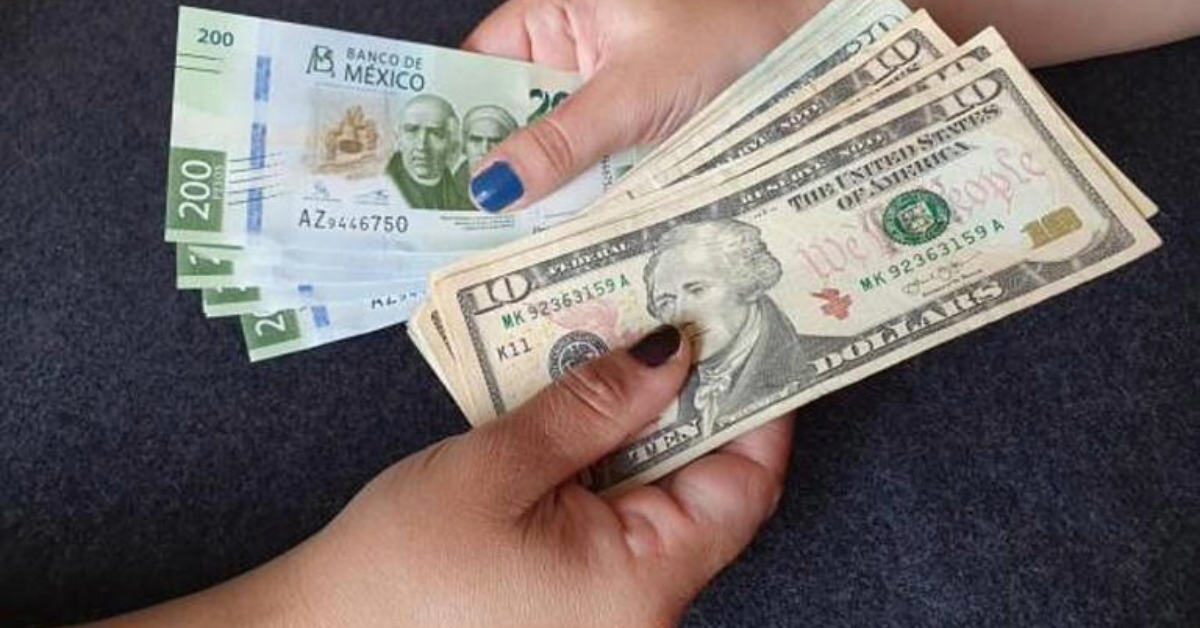Puerto Vallarta, Mexico - Mexico’s once-dominant currency, the superpeso, has been knocked off its strong position, losing ground against the U.S. dollar for two consecutive days. Following the approval of a contentious judicial reform in the Chamber of Deputies, the peso has become the weakest performing currency of the year, surpassing the Argentine peso in this unfortunate ranking.






